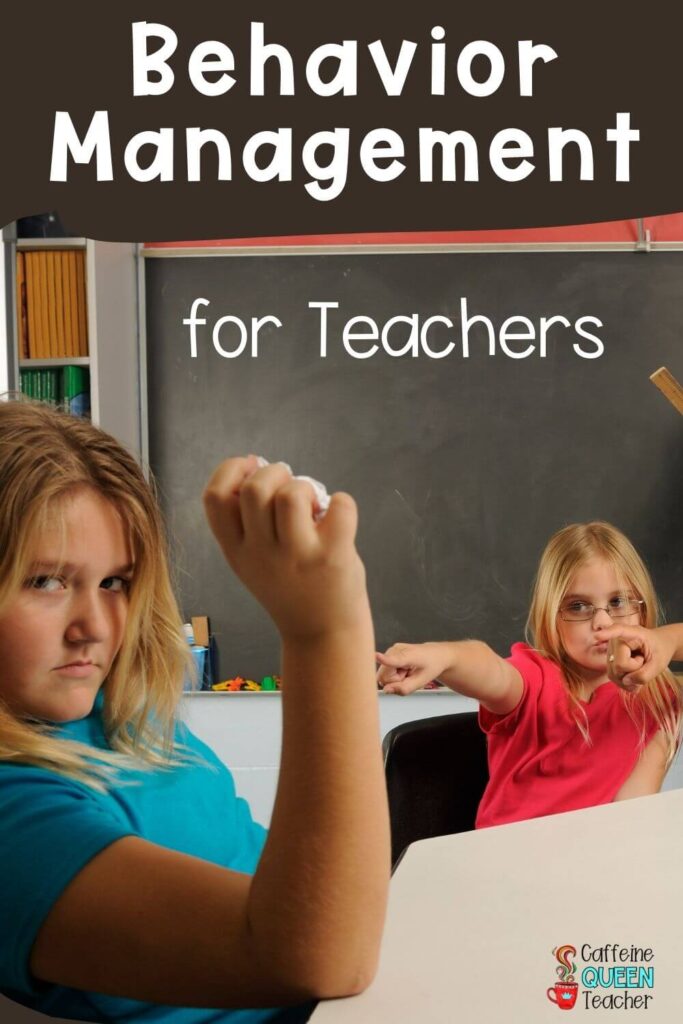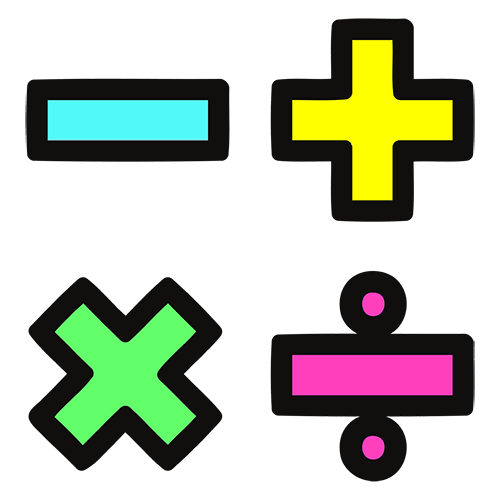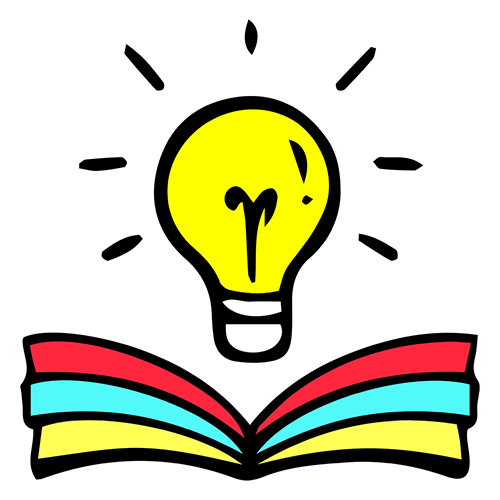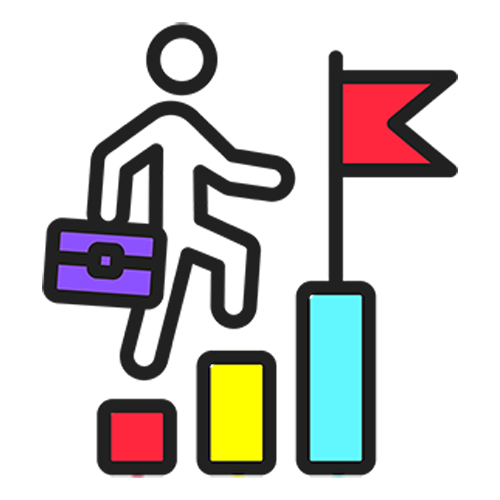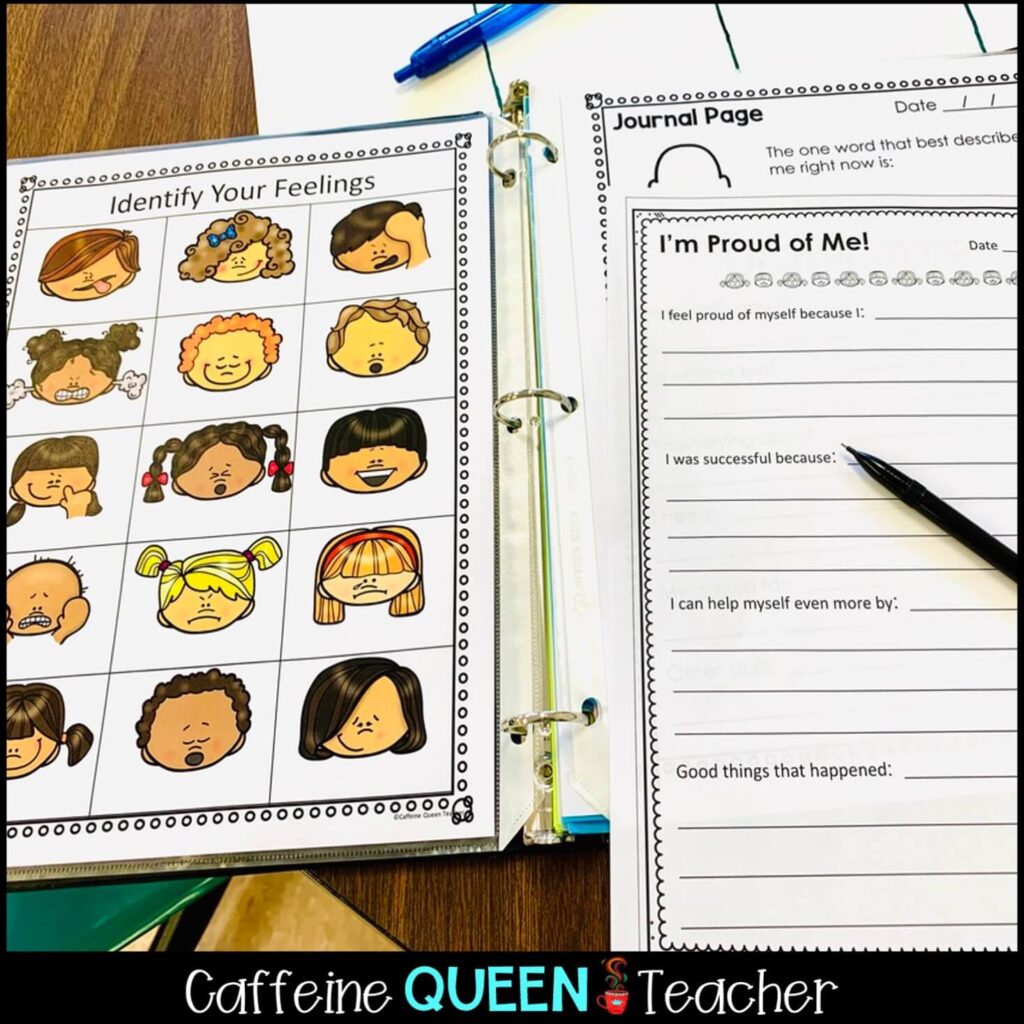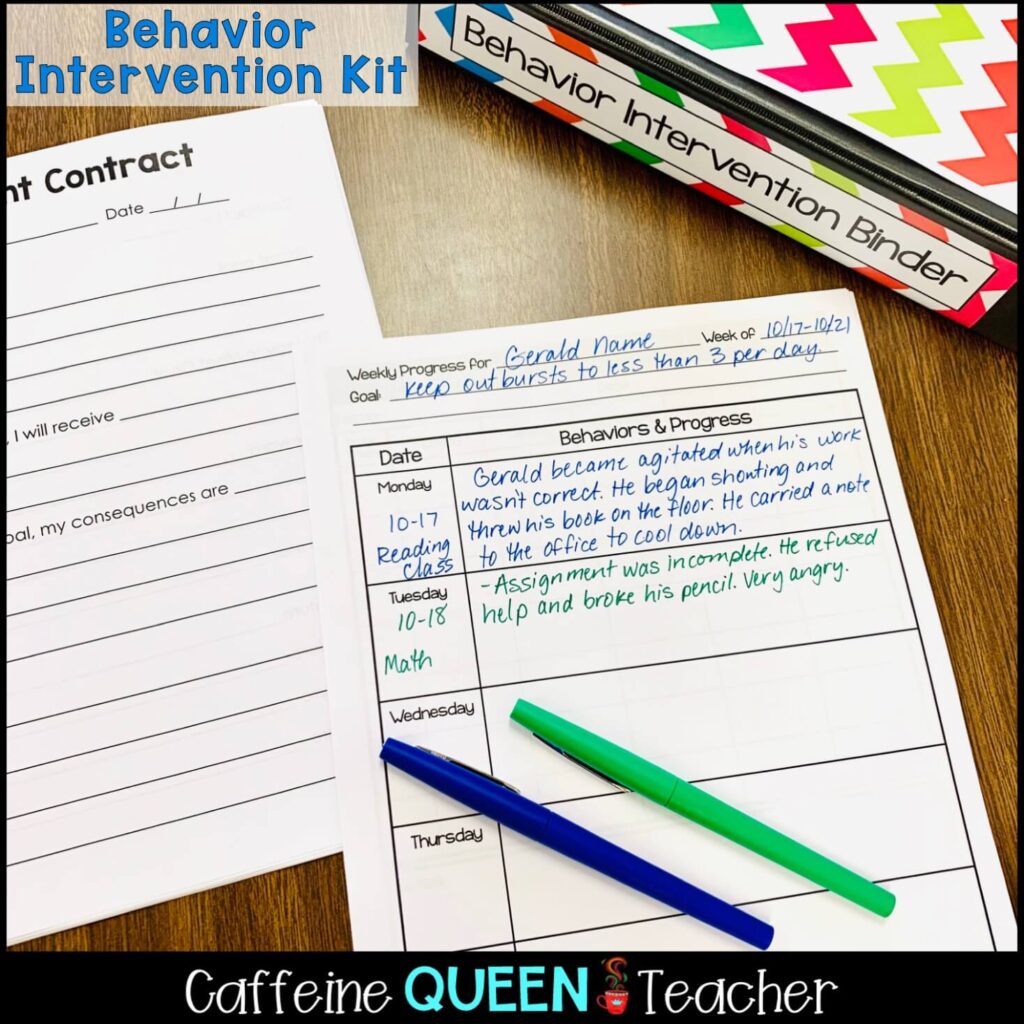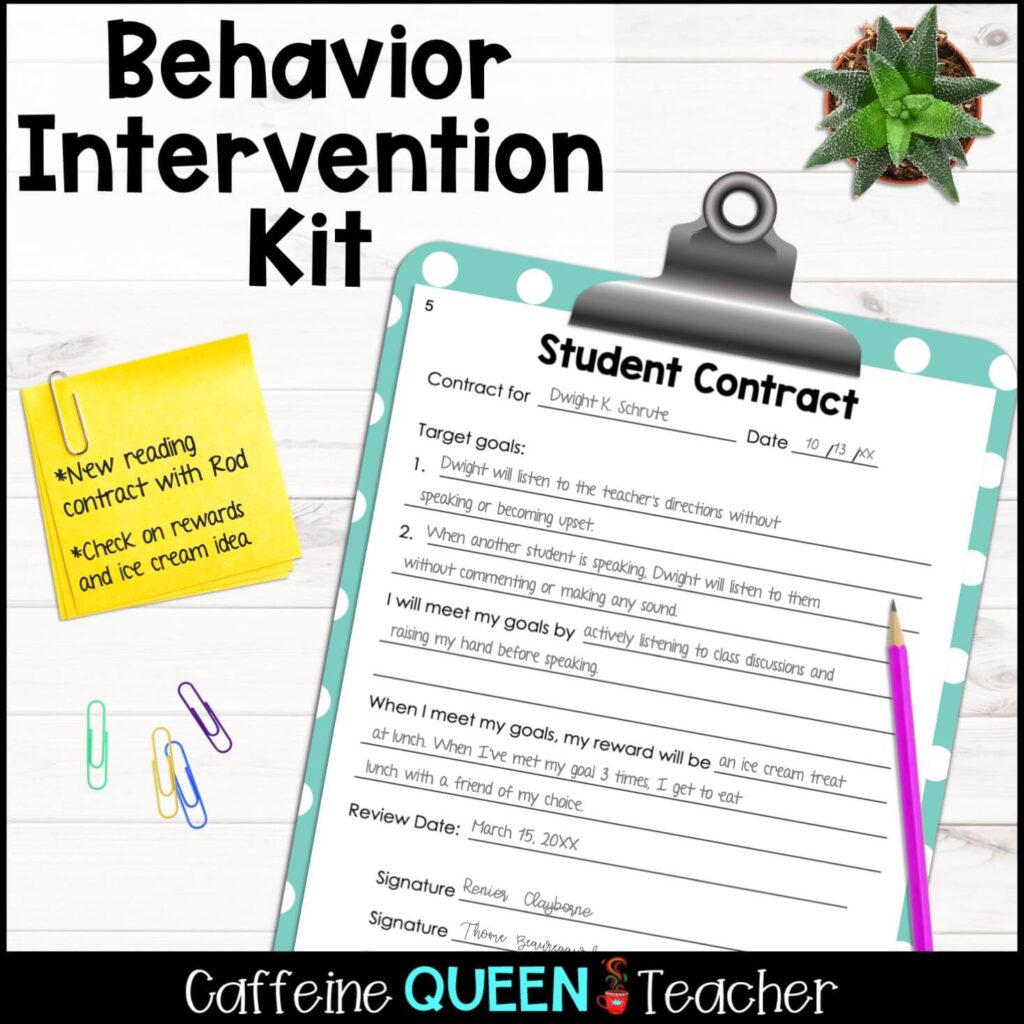Student behavior intervention is all about understanding WHY students are misbehaving and what you can do to support your students in controlling their behavior.
Have you ever been amazed at how one student can TOTALLY turn your behavior plan and classroom management upside down?
Does it sometimes feel like your student is acting out and disrupting class on purpose? Just to get you upset?
It’s hard not to take it personally.
But you aren’t alone!
Most teachers have had “that kid” in class at one time or another.

Over the years, I’ve had students who have turned my classroom upside down. As a result, I was often reactive rather than proactive with my classroom management.
Often those students became the focus of meetings, meetings, and more meetings. As a result, data collection for student behavior intervention quickly took over a large part of my day and became a problem in itself.
Over the years, I’ve scoured the internet for classroom management information and behavior interventions to try.
I’ve read articles and learned strategies. I’ve put a variety of plans into action with varying degrees of success. Unfortunately, many ideas and strategies start successfully but turn to mush after a day or so as our students adapt to the plan – or we forget to use it.
Hand Signals for Student Behavior Intervention
One idea that I’ve continued using is hand signals.
I first used hand signals with a student I’ll call “Roddy.”
Roddy was able to show me a signal and let me know when he was starting to lose it. I really liked that. When Roddy forgot to flash me a signal, I tried to flash him one as a reminder. We had a system!
We had several signals that we used.
Holding up one finger meant that he was starting to feel frustrated. So I tried to either give him some space or allow him to move around the room – like sharpen a pencil – some small little action that changed his focus and created a distraction.
When he flashed two fingers, that meant he needed a short break and a chance to get away from the source of his frustration. He knew he had my permission to get a drink or take a short restroom break (believe it or not, he never abused it!)
Hopefully, we would solve the problem before we got to flashing three fingers – because that would mean that he was losing it fast, and I should expect trouble.
I’ll be honest here – we hardly ever used the three fingers – usually because he had already lost it, and it was too late. But, we did continue to practice using the fingers and signals.
Behavior Modeling for Student Behavior Intervention
It’s super-important to practice and model the signals while your student is calm and in a good mood.
My student LOVED the attention, and we practiced the signals every day.
We took turns throwing out “What if . . . ” questions and answering them for practice. For example, he asked me, “What if someone sees me holding up my fingers and laughs?” We discussed and practiced how to be discreet, which was a fun lesson in itself.
I also asked him, “What if other students are already using these signals, and you haven’t noticed?” That boggled his mind!
“You mean other kids get mad too?” He couldn’t believe that other kids might have the same feelings of anger that he experienced. He still believed that his level of anger was unique to him.
I explained that it’s HOW we handle our anger that is different.
One important tip I learned was that when I offered him a choice of pages, he was more inclined to complete them. However, whenever I just gave him one, he often didn’t want to work on it. I wanted Roddy to learn to manage his own behavior, so he began filling out journal-type writing pages that he selected each day.
Roddy was a needy student, so I provided plenty of attention and praise as he worked on his page.
I didn’t want Roddy to feel like it was punishment or work. So instead, I explained that the page was like instructions for working with him on that day. And that he was in charge of letting us teachers know what he needed. By allowing Roddy to feel like he was in control of the situation, he took ownership and was more helpful.
We worked daily to get his feelings and thoughts down on paper.
Unfortunately, he didn’t have much of a support system. He had very few friends, no mother, and a self-absorbed father who liked video games a little too much.
Sometimes he grumbled a bit about the writing, but he liked the idea of putting his pages together to form a little book about his life.
So we decided that he was writing an autobiography. We eventually put his autobiography in a nice blue binder that he got to choose. He really liked feeling special, and the strategy, plus the personal attention, seemed to help.
I felt like we were making progress, but typically a few steps forward are accompanied by a few steps backward.
Individualized Plan for Student Behavior Intervention
We also followed a more formal behavior plan with Roddy. It wasn’t an official part of his IEP, but I did work with a team to develop the plan and create consistency across Roddy’s school day. The team consisted of my student, my principal, fellow teachers, and my student’s father. Having documentation and a written plan was important to us and Roddy’s future teachers.
Plans are never perfect, and results don’t happen overnight.
The magic ingredients are consistency and support.
You, and all other teachers working with the student, must be consistent and follow through – even when you don’t feel like it.
And you must continue building the relationship – even when the student is at his worst. That’s when they need it most! It’s cliché but true.

If you need a behavior plan and kit, the posters, hand signals, and data collection forms that I used are available at my Teachers Pay Teachers Store.
Behavior Management Bundle – This Behavior Intervention Toolkit will help you understand your student’s misbehavior and possible purposes so that you can take steps to improve the behavior. It includes many EDITABLE components for you to customize for your class.
